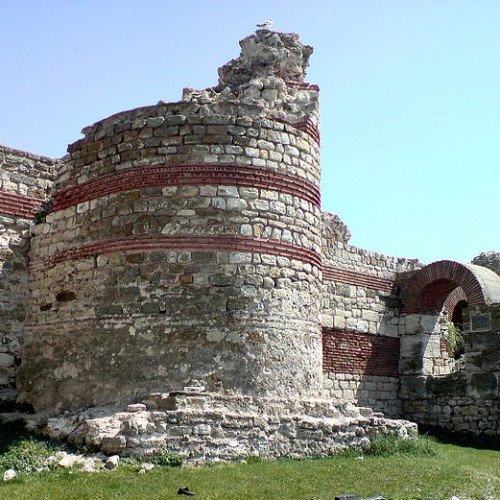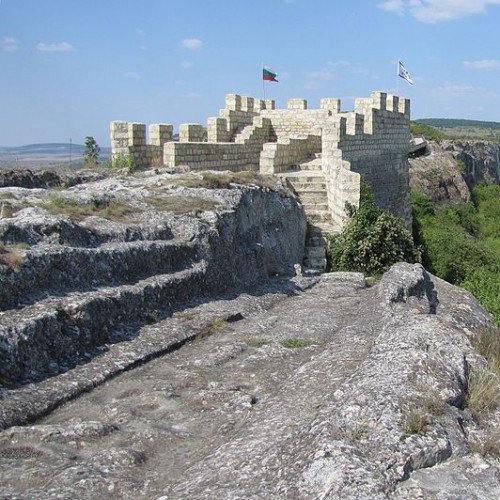Castles of "Bulgaria" NESEBAR FORTIFICATIONS vs OVECH FORTRESS CASTLE

NESEBAR FORTIFICATIONS
Nesebar (often transcribed as Nessebar and sometimes as Nesebur, Bulgarian: Несебър, pronounced [nɛˈsɛbɐr]) is an ancient city and one of the major seaside resorts on the Bulgarian Black Sea Coast, located in Burgas Province. It is the administrative centre of the homonymous Nesebar Municipality. Often referred to as the "Pearl of the Black Sea", Nesebar is a rich city-museum defined by more than three millennia of ever-changing history. The small city exists in two parts separated by a narrow man-made isthmus with the ancient part of the settlement on the peninsula (previously an island), and the more modern section (i.e. hotels, later development) on the mainland side. The older part bears evidence of occupation by a variety of different civilisations over the course of its existence. It is one of the most prominent tourist destinations and seaports on the Black Sea, in what has become a popular area with several large resorts—the largest, Sunny Beach, is situated immediately to the north of Nesebar. Nesebar has on several occasions found itself on the frontier of a threatened empire, and as such it is a town with a rich history. Due to the city's abundance of historic buildings, UNESCO came to include Nesebar in its list of World Heritage Sites in 1983.
Statistics for this Xoptio

OVECH FORTRESS CASTLE
During the Middle Ages Ovech was a key centre of the First Bulgarian Empire with an important monastery at the modern village of Ravna and a major scriptorium of the Preslav Literary School. During the Uprising of Ivaylo the rebel leader and subsequently emperor of Bulgaria Ivaylo defeated a 10,000-strong Byzantine army near the city in 1279. During the Second Bulgarian Empire Ovech was the seat of a metropolitan in the 14th century. Ovech was captured by the Ottomans in 1388 after a long siege.